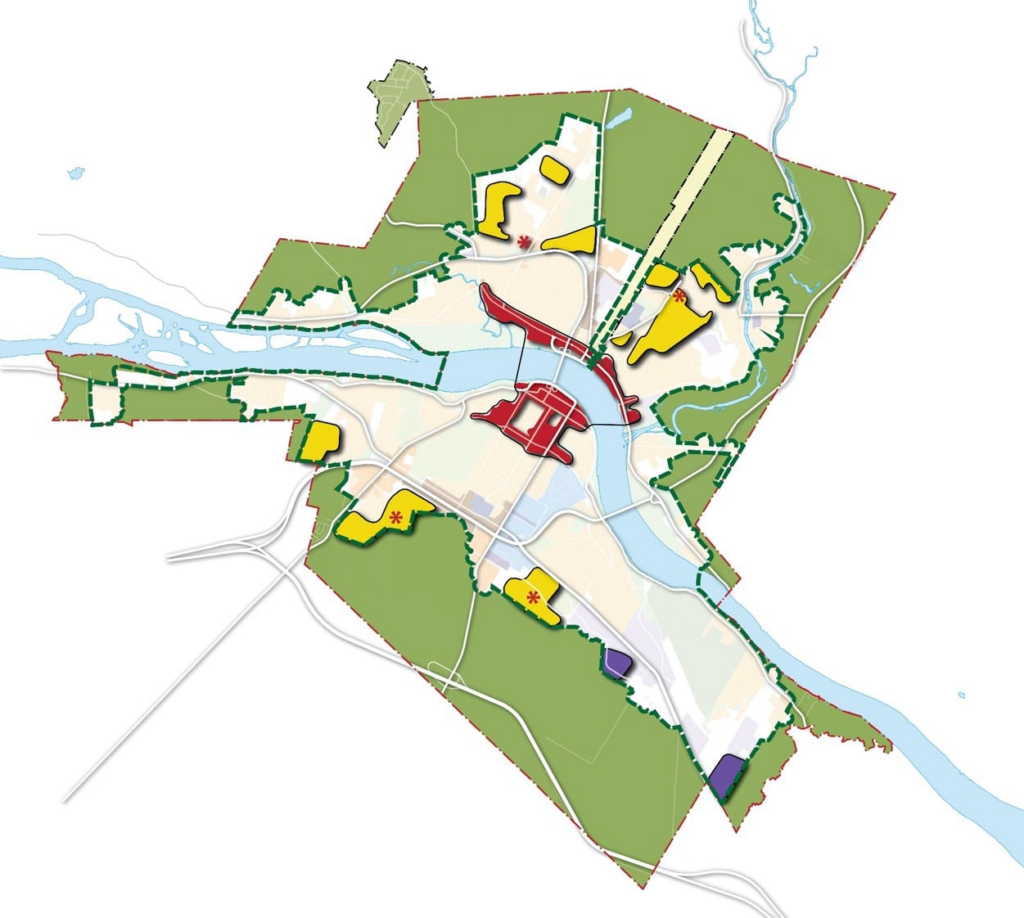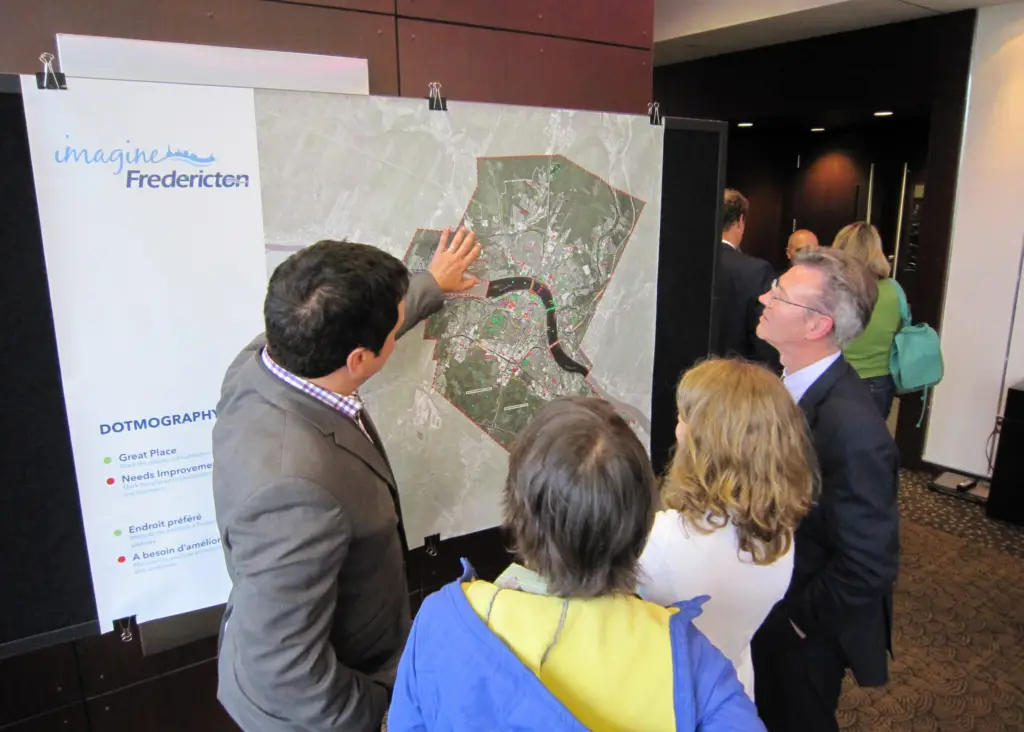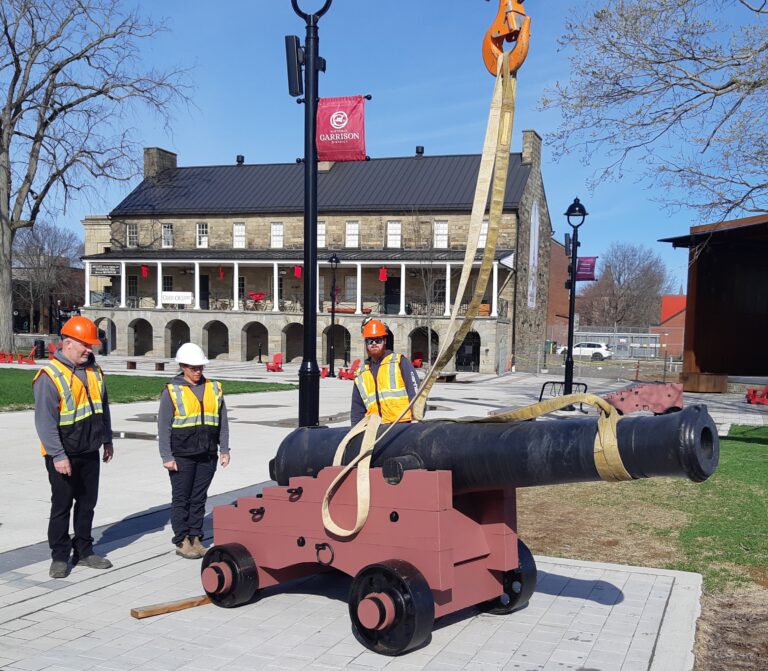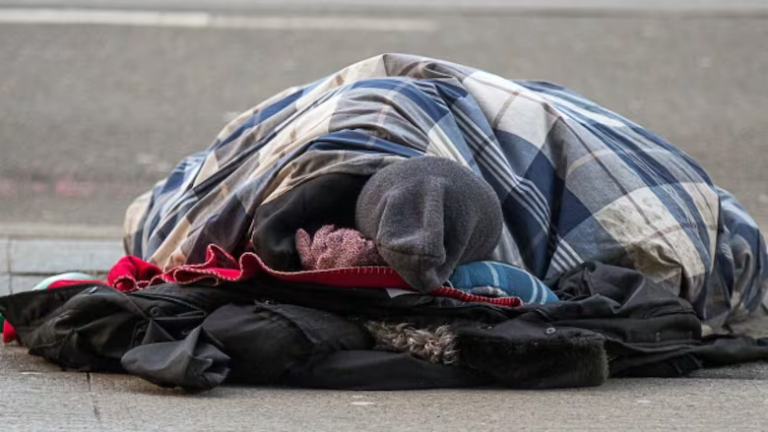Joel Rumson
“A rising tide will raise all docked ships” is used to explain how an increasing economy will benefit all citizens within a city. In the case of Fredericiton, New Brunswick, some may think a rising population would be beneficial to the entire city, bringing more workers and creating more businesses, but… this is unlikely.
The Fredericton we don’t Know
The American Revolutionary War was coming to an end in 1783, which caused United Empire Loyalists in the area to begin processes of settling. After much debate, Loyalists decided that Ste.Anne’s Point would be the perfect area to start establishing.
It was close to the Wolastoq river (Saint John River) which allowed for easy transportation of materials or people by boat and also was a close source water to the settlers, which was well needed (City of Fredericton, Exploring Fredericton’s rich history 2020).
Archaeological settlements have been excavated in the area dating back 12,000 years showing that First Nations Maliseet operated farms here along the Saint John River until the 19th century.
In 1732, Acadians arrived to establish a village (Pointe Sainte-Anne) south of the river, fleeing the English who had taken Nova Scotia in 1710. This lasted until 1762 until the following year where The Loyalists left the Acadians no choice but to leave due to their ‘lacking property titles’, driven by the seven-year war, the British captured then burned the village… later expelling the Acadians in 1763 (Titantourisme, 2021).
(The Seven Years’ War 1756–1763 was the first global war, fought in Europe, India, and America, and at sea. In North America, imperial rivals Britain and France struggle for supremacy against settlers. (The Canadian Encyclopedia, Seven Years’ War).
The newly, and quite cruelly established Loyalist village was later renamed to Fredericktown, in honor of Prince Frederic the second son of King George III. In 1784, St. Anne’s Point became the capital of New Brunswick. Being a British province newly separated from Nova Scotia, it had become the capital instead of Saint John because it is further from the US border, allowing for better protection.
A lot has changed since then, while all at the same time, some things have not changed at all.
In 2022 according to statistics canada, the population of fredericton showed to be 63 116, where just 11 years before that in 2011, the population was 58 220 – this results in a 5% increase in human population over the past 11 years in fredericton. The city of Fredericton stated in their Growth Strategy that they suspect the population to spike to as high as 92 000 in 2041 (a growth of 30 000 people in the next 18 years).
Building a Strong Foundation

The City of Fredericton has three predicted growth scenarios related to the growth of the city. In
the first (Growth Scenario A), two-thirds of projected residential growth would occur outside of the current municipal services boundary and less than 10% would occur within the Urban Core [4]. This scenario would hold more than half of the future development would be accommodated on the north side of the river, and residential development would occur on the UNB Endowment Development Lands to help balance growth.
In growth scenario B, assumes that UNB does not part with their development lands and will not be used for residential uses. Having most of the new growth being contained and managed on the north side. But, growth in this scenario is less balanced and less dispersed having 5,000 more people, or 16% of future growth, being accommodated in the Urban Core (more than in scenario A)
Finally, growth scenario C images Fredericton becoming more compact as it grows, with 25% of the new population being accommodated in the urban core. What this means is that nearly half of all new residential neighborhoods will reside outside the municipal boundary and the other half within the city’s core.
In summary, scenario C was chosen as the most efficient, transit friendly, and downtown supportive scenario. Where scenario A would be too costly to develop, and scenario B would have worked, but it encouraged driving and would not be as supportive to downtown business and as well would decrease the usage of public transit. An open house survey was held and more than 700 people respondents in total felt on average there was strong support for less dispersed, more compact growth, as generally reflected in Scenario C.
Regardless of the scenario, the infrastructure which is implemented MUST…
- Meet the needs of the population in an environmentally friendly way
- Focus on providing citizens with the necessary resources to be successful.
This includes access to education, health care, and other services
Building the Community of a Growing Population
Being prepared for a growing population is crucial. Aside from physical infrastructure, it is absolutely key to streamline pre-existing emotional, psychological and social services by upgrading old methods which better support a growing population .
It is vital social support grows equally to the rate of population increase which allows for a happy, and effective working group.
As a professional, methods such as online forums and chat rooms to professional organizations and mentorship programs would aid in stress associated with finding a job. Professional resources benefit the overall city as the population grows as it can provide guidance on topics such as career advice, research projects, grant writing, project management, work processes, and many more – all of which can be beneficial if in a working environment where improvement is expected.
For those who are less established, building a community environment that has a network of individuals and organizations offering support for those in need. In the form of counseling, therapy, career building, resume creation, assistance in obtaining identification, professional advising, group debates, workshops.
Whatever the method of support, having available help for the public would benefit 1000s of people, some of which may not keep up with projected economic and population growth. And by taking advantage of these resources, members of the community can gain access to the support they need to succeed and thrive.
Those who have already got the ball rolling, can better their city in other ways such as becoming involved. In doing so, you give yourself a really good chance at making a positive impact on someone’s life.
Volunteering at local charities, churches, homeless shelters, and other organizations is a great way to give back. Donating money to causes you believe in is another way to have an impact. Perhaps you have a particular skill set, consider offering it as a service to those in need. This could include teaching, tutoring, resume building, tax filing, car maintenance, lawn mowing, street sweeping, or even providing technical support. Participating in local events, such as fundraisers, marches, and rallies, and protests is another great way to make your voice heard. Finally, taking the time to vote in local and national elections is among the most powerful ways to show your support for the causes you believe in.
Parks and Green Spaces
There are large examples of support that demonstrate the positive impact of the presence and access to green spaces.
The Health Promotion and Chronic Disease Prevention in Canada, Vol 39, No 4, April 2019 published by the Government of Canada, suggested the health benefits of green spaces are realized through various ways. Some of the benefits from green spaces are, air quality improvements, reduction in urban heat islands [1], noise reduction, reduction in level of obesity, decreasing mental illness issues, improvements towards social cohesion.
It has been noted by the Government of Canada that green spaces can not only increase the quality of life but can have an economic impact as well.
In a Toronto study, which looked at tree density and self-reported health and cardio-metabolic conditions of citizens. It was found that the presence of trees could significantly improve health perception, comparable to living in a neighborhood with $10 000 higher median income or, being 7 years younger.
BUT… The green space is not totally beneficial for all parties, meaning a few things need to change.
Each sector needs to: (1) measure and understand the impact of greenspaces on land and development while also being transparent about the benefits throughout the planning process, (2) Ensure funding for LONG TERM maintenance of green spaces which must consider new planning policy to ensure the contribution of investment to nearby developments, (3) government must ensure policy guidance which would guarantee new developments contribute towards nearby existing green spaces and creation of future greenspaces, (4) governmental appraisal tools must be updated and developed in a way which accurately reflects the added, and present value of the greenspace as a project, (5) stakeholders [2] must proactively support the development sector and local authorities planning departments to agree on the most appropriate mechanisms which would secure investment for long term green spaces.
Health benefits of green space can be rather small in populations that experience health inequities or are of lower income. When creating/maintaining a green space, the cleaning up and conversion of locally unwanted lands to urban green spaces also increases nearby property values and creates areas that are prone to gentrification [3], thus putting pressure on minority or low-income neighborhoods. Climate Change Infrastructure
Climate Change Infrastructure
Building a good foundation both socially and economically is only half of the battle that is a growing population. A foundation is only the starting point. By building climate infrastructure, the city can better mitigate the effects of climate change from the bottom up, and top down.
Think of a house, when building, a strong foundation is crucial and will determine the quality of life. How your house settles, whether you’ll have to deal with situations like cracked walls, uneven floors, or doors that won’t close at all – it is all based on how the foundation was established. The same situation applies to the city of Fredericton and their growth plan, if the foundation is not strong enough to support the growing population, the whole house will slowly deteriorate.
The real difficulty is maintaining a strong foundation in a way that not only benefits the lives of citizens but in a way that sets up a healthy and happy future for the next generations. Stopping the cracking of walls, and preventing uneven floors, CAN be accomplished in Fredericton.
Fredericton’s climate adaptation plan stated…
“With funding support through Infrastructure Canada’s Disaster Mitigation and Adaptation Fund the City of Fredericton is able to put additional spending and effort into flood resilience projects”.
Yet they did not elaborate on HOW they will do it or WHERE spending will go.
Then there is the City of Fredericton’s Community Energy and Emissions Plan (CEEP) is a plan to guide efforts in reducing energy consumption and greenhouse gas (GHG) emissions in our community over the next 8 years
The CEEP aims to… (1) reduce waste through the 6 r’s (rethink, reduce, reuse, recycle, recover, and residual management). (2) Reduce carbon intensity by adaptation of renewable energy sources where the city completes an alternative energy assessment to identify neighborhoods or hotspots where solar PV, microgrids, waste heat recovery and district energy (DE) systems could be used. (3) To engage local businesses in transition to a low carbon economy. (4) The city is a leader in taking action in climate change.
At the end of the day…
Overall, it is crucial that our city can adapt to the super wicked problem [5] that is threatening our city. Both the growing population and increasing risk of climate related disasters will pose major issues to the city if action is not taken.
If the growing population is ignored what would happen?
Demand for transportation will increase, causing strain on the system, and a crash. The demand for water leads to water scarcity, the heightened housing demand causes increased rents, NB power doesn’t have sufficient means to provide power as the population has outgrew their capabilities and has raised costs to reduce uses, grocery stores struggle to keep shelves stocked and are forced to raise costs, the homeless population increases and social services drown, businesses struggle to keep the doors open as mortgages sky rocket, the list goes on and on.
The city must be prepared not to mitigate, but to adapt to the problems that threaten Fredericton’s quality of life. Adapt, not by promising, not by vowing, not by aiming to, not in efforts of, but by showing the people that as a government, Fredericton really is taking this seriously.
When, and only when, those who lead our city begin to treat the issue of growing population with care, awareness, understanding and sympathy will we as citizens do our part.
But as of now, the ball is in your court City of Fredericton, and we all are waiting for you to decide what comes next.
There are two paths, to ignore and continue business as usual, or to admit the obvious and impending threats to our city and individual lives, and to restart, changing some of the cities objectives and assigning them towards more pressing issues.
A good place to start is with the projected influx from 53,600 residents in 2011 to at least 81,000 and as many as 93,600 by 2041.




